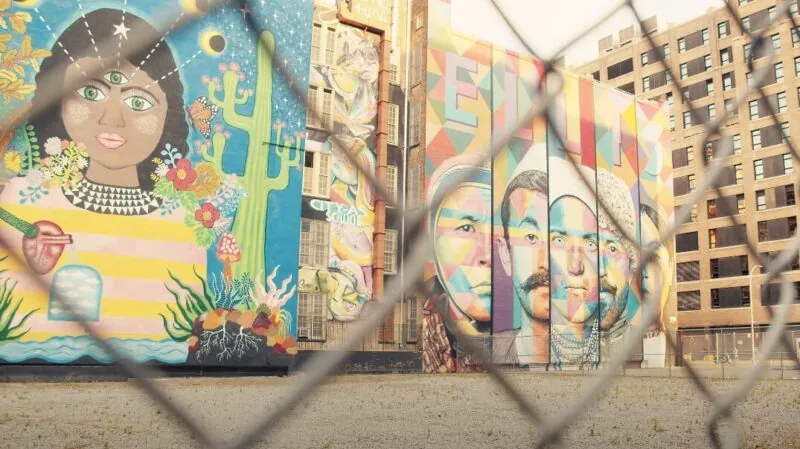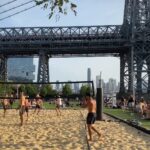Brooklyn has a certain pulse that’s hard to put into words. It’s a borough fueled by a restless creative spark, and nowhere is that more obvious than on its streets. Walls once covered in quick paint tags have been transformed into murals, many of which have become beloved neighborhood landmarks.
I’ve roamed these blocks for years, so I’ve seen how the street art has grown, adapted, and blossomed into something that draws visitors from across the globe.
Let me say this up front: you can find flamboyant pieces in tourist-heavy areas, but there are also hidden gems tucked away near bodegas, above doorways, and around corners you’d never suspect.
That’s the real beauty: each piece weaves a thread into the larger part of Brooklyn’s story. If you’re curious about how this urban art form got to where it is today—and where to spot some of the best works—keep reading.
Early Street Art Grit
I’ve heard so many stories about the era when graffiti first exploded across New York City. Some older neighbors remember seeing tags on subway cars in the late 1960s and early 1970s, mostly done under the cover of darkness.
Back then, painting a name or a phrase was a rebellious act. It was edgy. It was also a channel of expression for young artists who didn’t have galleries or official spaces to show their talent.
Back in those days, each writer was trying to leave a personal stamp on the city. Subway trains would rattle by with bright scrawls in looping letters, and it felt like a coded language announcing that somebody out there had something to say.
This period really laid the foundation for the shift into elaborate murals and community-driven art that came later. It wasn’t just about scribbling your name on a wall—it was about carving a place for yourself within the city’s walls, literally.
Of course, there were plenty of detractors. Graffiti was called vandalism and a public nuisance. That label wasn’t entirely off-base, but it’s also true that these street writers were harnessing visual creativity in a way traditional art scenes often overlooked.
The friction between authorities and young artists was huge, yet that tension sparked the birth of what we now call street art.
Brooklyn’s Mural Revolution
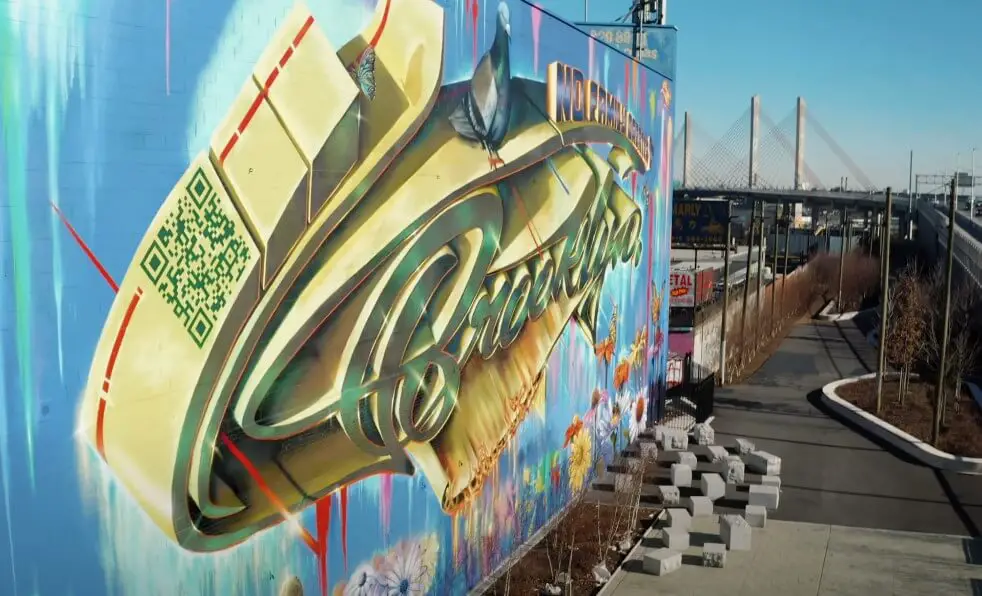
By the time the 1980s and 1990s rolled around, the creative energy had begun to morph. Instead of just tags, artists started crafting larger, more detailed pieces that covered entire walls.
You’d walk by a mural that looked like it belonged in an art museum, only it was out there for every passerby to enjoy. These efforts turned drab, abandoned buildings into lively neighborhood fixtures.
Bushwick and Williamsburg became ground zero for this transformation. At first, you might only see a few pieces scattered about. Fast-forward a few years, and entire blocks were awash in color.
It’s easy to spot the evolution: older murals that used simpler shapes and bold outlines are occasionally overshadowed by new ones showing photorealistic portraits or surreal dreamscapes. Some walls got repainted again and again, with each piece layering over the previous one like an ongoing conversation on concrete.
During this shift, street art also started carrying more direct social commentary. Artists used paint to address issues like housing, gentrification, or community pride. It wasn’t all rebellious scribbles anymore.
It was (and still is) a platform for telling stories, commemorating local heroes, and bringing awareness to cultural or political topics. That gave it a permanent spot in the soul of the neighborhood.
The Bushwick Collective
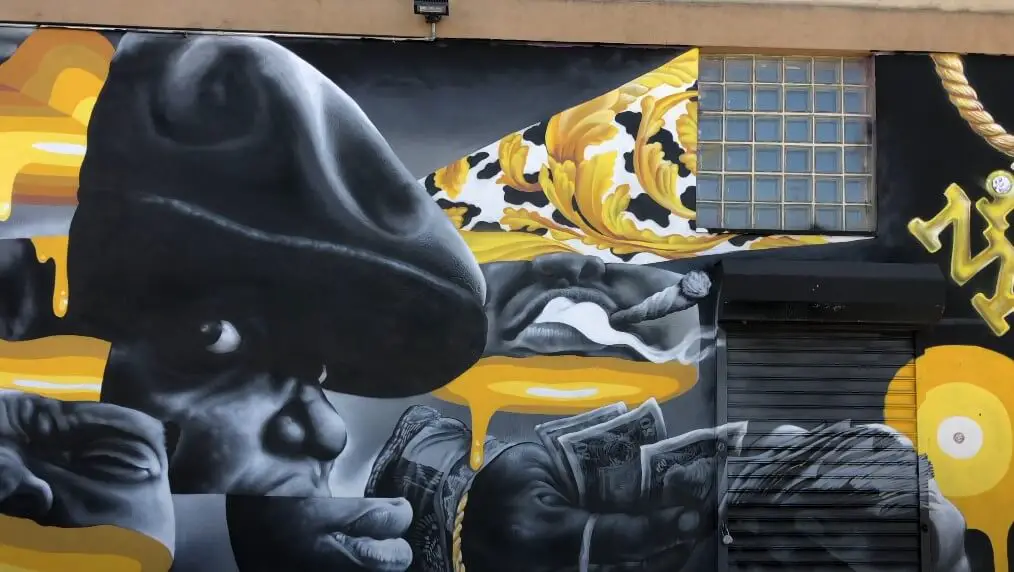
I can’t talk about street art in Brooklyn without mentioning the Bushwick Collective. The project kicked off in 2011, thanks to a neighborhood local named Joe Ficalora.
His idea was pretty straightforward: invite skilled artists from around the globe to create murals in Bushwick, with an aim to brighten and revitalize the area. It’s safe to say the collective did a whole lot more than that.
Today, the Bushwick Collective is basically an open-air museum. Whether you’re walking along Troutman Street or exploring side roads nearby, you’ll stumble upon walls bursting with color and imagination.
Some pieces pay tribute to community icons, while others are purely decorative or comedic. It’s a patchwork of styles and messages that, together, form a bigger narrative about the spirit of Brooklyn.
What I really appreciate is that the Bushwick Collective isn’t a static thing. New works appear every year, especially during the annual Block Party. At that event, you’ll catch live mural painting sessions, music, and plenty of local vendors selling everything from handmade jewelry to fresh empanadas.
More than once, I’ve hung around just to watch the artists at work. There’s something magical about seeing the creative process unfold right in front of you.
Williamsburg
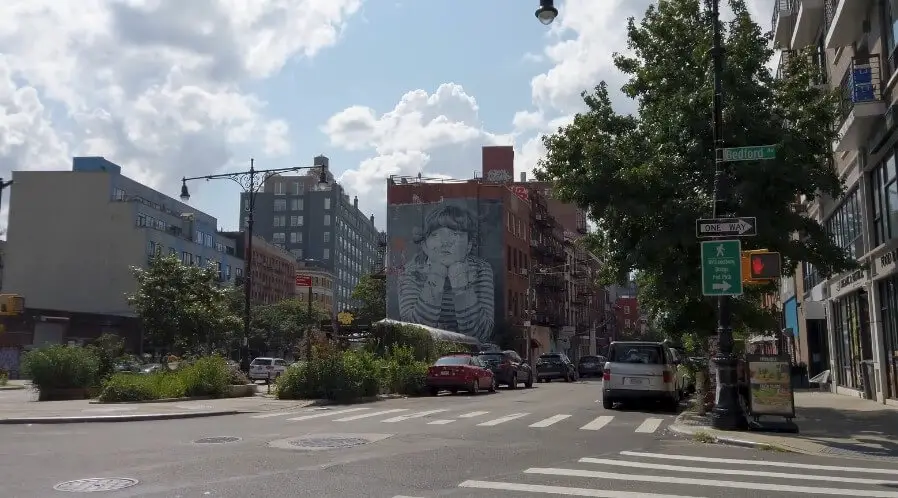
Cross over to Williamsburg, and you’ll see a similar—yet distinct—kind of street art scene. This neighborhood was once full of factories and warehouses, many of which were abandoned or barely used as time went on. Artists saw huge blank walls and turned them into sprawling canvases.
Take a walk down Bedford Avenue or venture to side streets near the waterfront. You’ll find murals that highlight everything from surreal concepts to tributes to local legends. One mural by Eduardo Kobra on North 9th Street stands out. It’s done in a kaleidoscopic style that catches your eye from a block away.
If you spend enough time reading the details, you’ll pick up on subtle shapes and patterns hidden within those electric colors. Kobra’s mural has become an iconic photo backdrop, so you’ll see people snapping selfies in front of it all day long.
Williamsburg’s identity has changed a lot over the past couple of decades. It went from being a gritty, low-rent spot to an area buzzing with trendy eateries, indie music venues, and rooftop bars.
The art mirrors that shift—some older murals have chipped paint and a certain old-school vibe, while brand-new ones have more refined techniques or modern commentary. For me, that interplay of past and present is what makes it so captivating.
Coney Art Walls – Murals by the Beach
View this post on Instagram
Sometimes you need a break from the city’s density, so let’s talk about Coney Island and its beachfront flair. When I first heard about the Coney Art Walls, I thought, “Street art and carnival rides? Sign me up.”
Curated by Joseph Sitt and Jeffrey Deitch, these large-scale walls were installed to create an outdoor museum that blends amusement with creativity. The best part is that you can enjoy cotton candy or a hot dog while soaking in some world-class murals.
You’ll see pieces by legends like Daze and Lady Pink, along with work from younger up-and-coming talents. The selection changes, so if you visited a few years back and then go again, you might see fresh pieces replacing older ones.
Each mural stands out against the backdrop of carnival rides, arcades, and ocean waves. There’s a friendly, casual vibe that makes it easy to take your time and appreciate each piece without feeling rushed.
I’ve taken friends and family there, even those who don’t usually go out of their way to see street art. They’ve loved it. Strolling along the boardwalk, grabbing a bite at Nathan’s Famous, and then snapping photos in front of giant murals—it’s a fun day trip that feels both nostalgic and modern.
Must-See Murals
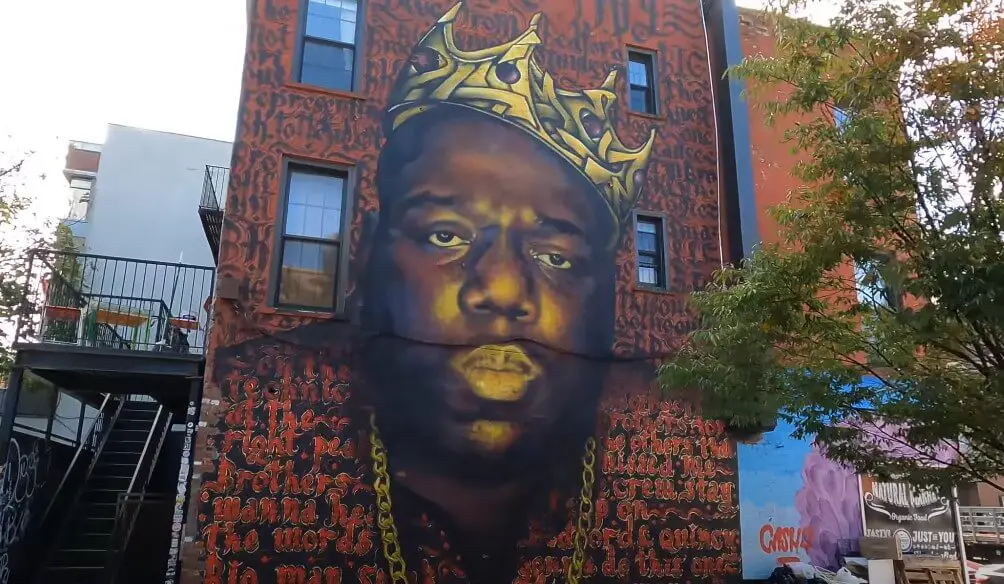
There’s a ton of art out there, and everyone’s got their own short list of must-sees. But if you need a starting point, I’ve got a few suggestions that never fail to impress:
1. Biggie Smalls Tribute (Bushwick)
Created by Danielle Mastrion, this piece pays homage to the iconic rapper who grew up in Brooklyn. It’s right on Troutman Street, near a bunch of other murals. Trust me, you can’t miss that larger-than-life portrait.
2. Mona Lisa of Williamsburg
It’s a spin on Da Vinci’s classic, with a Brooklyn twist. This mural is near Berry Street (sometimes it changes slightly as artists rework it). Keep an eye out for subtle details like a modern backdrop or playful speech bubbles.
3. Eduardo Kobra’s Mural (Williamsburg)
Located near North 9th Street, Kobra’s signature kaleidoscope technique makes it pop from afar. You might see passersby stopping in awe—or setting up entire photo shoots.
4. Coney Art Walls
Not just one mural, but a whole cluster of them. If you’re in the mood for a beach day plus art, there’s no better spot. Be prepared for occasional crowds on summer weekends, but it’s worth it.
5. Freight Train Murals (Various Locations)
Wander near freight tracks or industrial zones, and you might spot graffiti-style art on train cars. These move around, so it’s like a roaming exhibit. Snag a picture if you catch one.
How to Make the Most of Your Street Art Trek
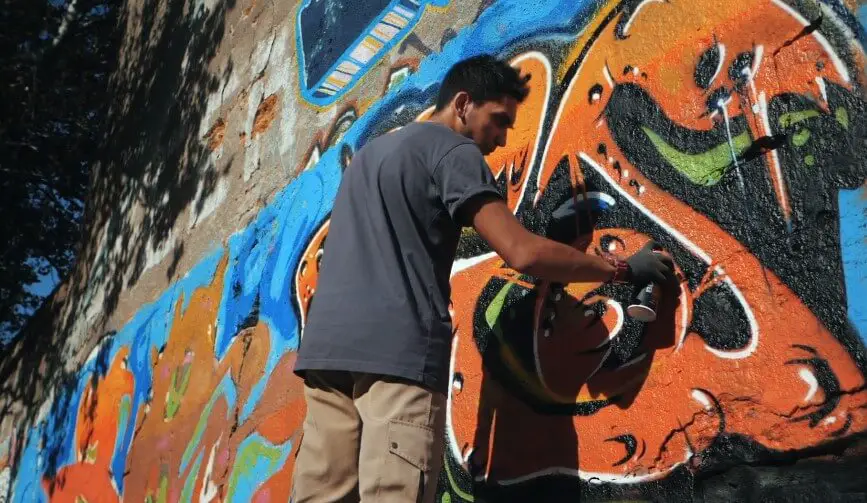
If you want a deeper look at what’s on the walls, you can definitely sign up for a guided tour. Graff Tours and Brooklyn Unplugged Tours often lead small groups through Bushwick and Williamsburg, pointing out bits of local history you might not know. Instead of relying on guesswork, you’ll get context on the artists and how certain pieces sprang to life.
Still, I’m a big fan of self-guided exploration. When you wander at your own pace, you’ll stumble across lesser-known gems. It might be a small stencil of a cat in an alleyway or a witty paste-up that cracks you up.
Brooklyn’s streets reward curiosity. If you spot something interesting, pause for a moment. Check out the details. Maybe you’ll see the artist’s signature scrawled in the corner, or a date that reveals it’s been there a good while.
Some Quick Tips
- Comfortable Shoes: You’ll be walking a lot, and many of the best pieces aren’t clustered on a single block.
- Camera/Phone Charged: Street art is photogenic, so you’ll likely snap away.
- Time of Day Matters: Early morning offers great light and fewer crowds. Late afternoon can give murals a warm glow.
- Support Local Spots: Many murals are near coffee shops or bakeries. Grab a snack and soak in the neighborhood vibes.
Summary
Brooklyn’s street art represents more than just pretty images on brick walls. It’s a living chronicle of cultural shifts, personal stories, and collective hopes. You can sense the borough’s hustle in every paint stroke and bold color choice.
Artists from all over the planet come here, adding their own voices to the mix, which keeps the scene lively and fresh. And local names, some of whom have been honing their craft for decades, stand alongside them. That synergy is what makes Brooklyn unique.
All told, if you’re ever in these neighborhoods, don’t be afraid to linger. One quick glance may not reveal everything. Give yourself a chance to take it all in.

